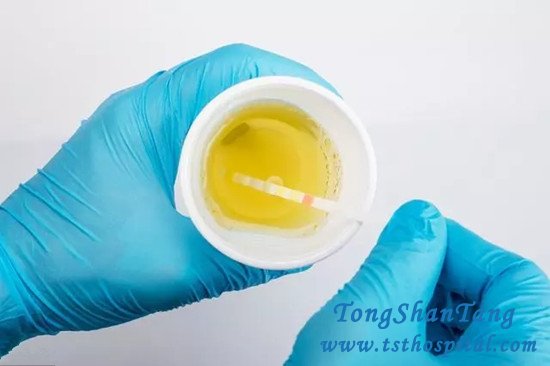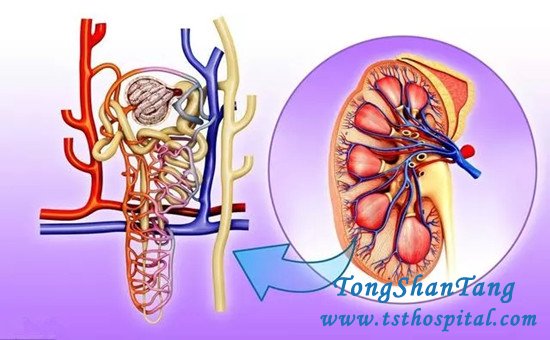The probability of developing uremia in renal patients is only 1%-2%. That is to say, only a few kidney patients will have uremia. Among those uremic patients, some have been diagnosed with severe kidney failure as soon as they find the disease, before which they do not have any checkups or receive any treatment.
One of the reasons for this condition is that some patients do not know about kidney disease clearly.

Yesterday one patient left a message on our website. He said: “My creatinine level is 106. Can it be treated?” But when we asked about his detailed information about illness condition and kidney function impairment, he knew nothing. It was a shock to us.
Is there really a problem with the kidneys? How do you judge it? If any one of the following 3 indexes go abnormal, it means your kidney function is damaged.

1. Abnormal urine test
For example, when microalbumin is over 300mg, and protein leakage is massive, it means kidneys are damaged. When there are abnormalities in urinary sediment test, such as abnormal microscopic hematuria accompanied with abnormal red blood cells, red blood cell cast, white blood cell cast, fatty cast, granular cast or abnormal renal tubular epithelial cells, it indicates that there is kidney parenchymal damage.
2. Abnormal electrolytes
For example, abnormal renal tubule function can lead to abnormal electrolyte, such as renal tubular acidosis, potassium metabolism disorder, calcium metabolism disorder, magnesium metabolism abnormality, etc.

3. GFR
For unknown reasons, GFR decreases for over 3 months, and it is less than 60 ml/min, and then you can be diagnosed with kidney disease. The lower GFR, the more severely kidney function are damaged.
For healthy people, GFR is over 90. When GFR is 60-89, it means slight decrease. When GFR is 15-60, it means you are renal insufficient stage. When GFR is less than 15, your kidneys have been severely damaged and they can not be reversed.
In addition, serum creatinine level also reflects renal function. But this index is not sensitive. When it increases, it means kidney function has been damaged, and the disease has gone into middle stage. Therefore, once your creatinine is just beyond the normal range, go to see a doctor immediately and take treatment to prevent further kidney damage.
For kidney patients, protecting renal function and avoiding uremia is the ultimate goal. But to protect renal function, you should manage these 3 aspects.

-Blood pressure management
We often advise patients to control blood pressure under 130/80. If 24h urine protein is less than 30mg, blood pressure can be controlled under 140/90.

-Proteinuria management
You should do two things. One is to take medications on time and make them take effect fully, such as steroids and anti-hypertensive. Long-term application can do a lot of help in protecting renal function and decreasing renal function. The second one is to improve renal function, especially to lower protein intake. 0.8g/kg per day is recommended.
To control proteinuria into 1g for long-term is helpful.

-Dietary management
Follow the principle of five low and one high, especially low salt diet, which can help control blood pressure and reduce the workload of kidneys. For adult renal patients, salt intake should be less than 5g per day. For renal failure patients, salt intake should be 1.5g per day. And for dialysis patients, salt intake should be under 3 g per day.
Moreover, renal patients should pay attention to the occurrence of complications, such as cardiovascular disease, anemia, renal bone disease, acidosis, etc. For more information on ESRD, please leave a message below or contact online doctor.
- Email:tsthospital@hotmail.com
- WhatsApp/WeChat/Phone Number:+86 15512139310
- Kidney Treatment Group:
- https://chat.whatsapp.com/2ZCOvebPJdr9QGkyfiqxDz
- Tag: ESRD ESRD Treatment
- previous:Can GFR Improve When as Low as 10
- next:Creatinine 3.3 and GFR 14: How Close to Dialysis Am I

